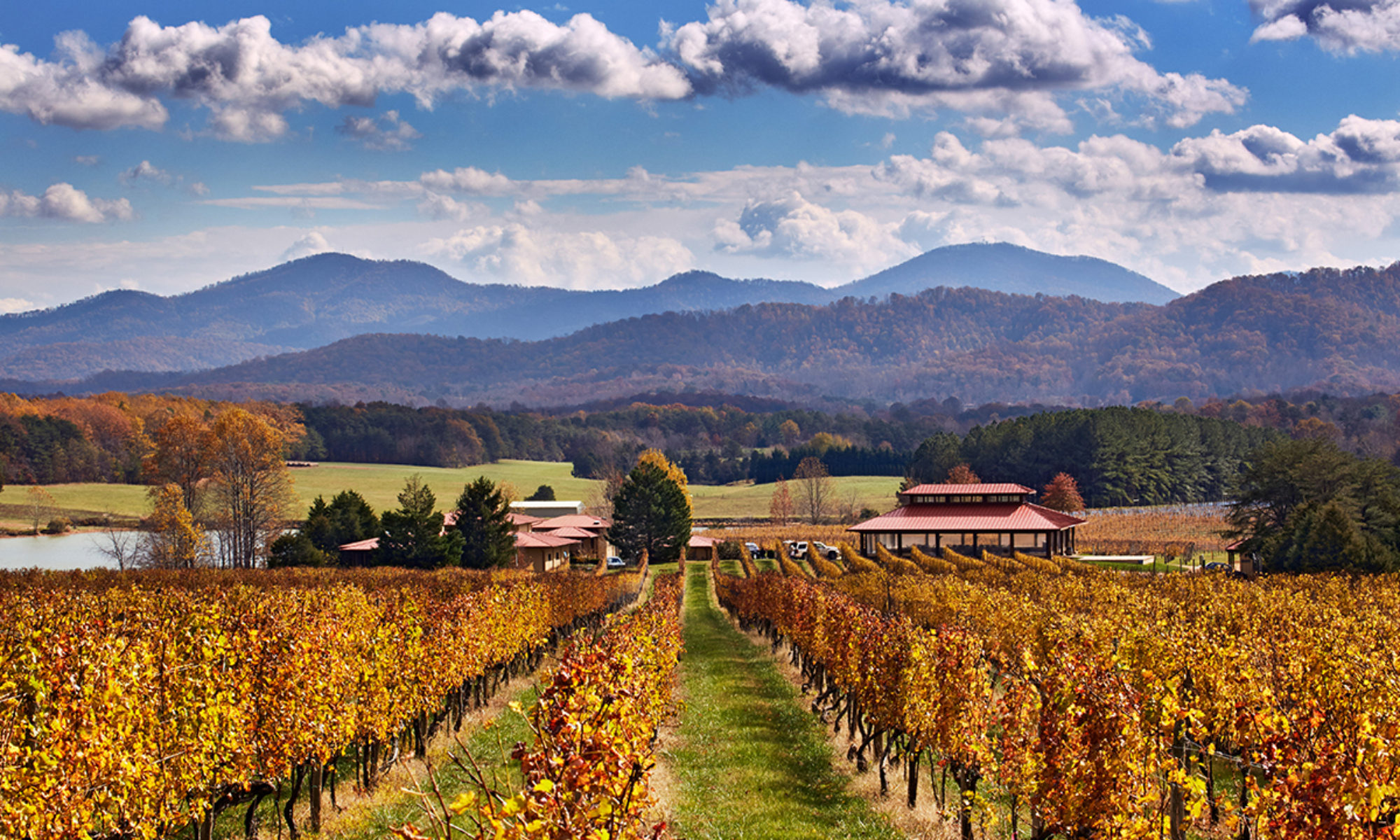A small winery located on River Road in Goochland, west of Richmond at the confluence of Byrd Creek and the James River. Elk Island is named for a nearby island in the James River. Owners Paul and Sue Anne Klinefelter previously were with Byrd Cellars; they planted the vines beginning in 2008 and opened the winery in 2012.
Wine. Tier II. At the 2022 Virginia Governor’s Cup state-wide wine competition, three Elk Island wines earned silver medals, all from the winery’s 2019 vintage: a Petit Verdot, a Tannat, and a Red Dessert Wine. The same Petit Verdot again was awarded a silver medal at the 2023 Governor’s Cup, while the Tannat and Red Dessert Wine this time were given bronze medals. Back at the 2020 Governor’s Cup, the 2017 Rassawek Chardonnay was awarded a Silver Medal. Rassawek is a small leased vineyard which also grows Tannat and Norton. The main 5-acre vineyard is planted mainly in Norton, Cabernet Sauvignon and Sauvignon Blanc, with small plantings of other varietals, and some 10% of grapes outsourced.
Setting. Small wood-finished tasting room is the ground floor of the main house, and is well-laid out providing there is no big crowd. A deck is available for outside seating and looking at the vines. You may see the family’s three Scotch Terriers about, and proceeds from the winery’s sales benefit terrier rescue organizations. The parking lot is small, and the unpaved access road can be muddy after a rain.
Stories. Natural Virginia: The James River. Elk Island Winery sits close to Virginia’s largest river and the largest tributary of Chesapeake Bay, the James. The James River is 340 miles long, from the mountains at the confluence of the Cowpasture and Jackson Rivers to the Bay, one of the longest rivers in America that begins and ends in the same state. The James River watershed encompasses 10,000 square miles, almost 25% of Virginia. Before it was given its name by early English settlers, the river was known to Native Americans as “the Powhatan Flow.” From before the arrival of Europeans to well-into the 20th century, the James served as a major transportation artery in Virginia. The Bluegrass band Old Crow Medicine Show’s 1986 song “James River Blues” tells the tale of a James River boatman’s lament of the arrival of the railroads. Transportation on the James differed markedly below and above Richmond, as Virginia’s current capital sits on the Fall Line, the transition between the hilly, upland Piedmont region and the lowland coastal plain. The Fall Line at Richmond, as for many other east coast rivers, is marked by waterfalls and rapids that prevent ocean-going ships from going further upriver. What was once a major obstacle to travel is now a great attraction to outdoors enthusiasts. From the river’s start in the mountains, numerous rapids and pools offer fishing and whitewater rafting, and the most intense whitewater stretch is in downtown Richmond where the river goes over the fall line. This is reportedly the only place in the country where whitewater conditions exist within sight of skyscrapers. The rafting is part of the broader appeal of the James to sportsmen: canoeing, fishing, kayaking, hiking, and swimming are very popular along the river, and the James contains numerous parks and other recreational attractions. The James is also the largest roosting area on the eastern seaboard for Bald Eagles. One interesting feature of the river is its “ghost fleet.” The ghost fleet – so-called for the image the vessels cast in a fog – is a collection of aging, inactive ships moored in the James off Fort Eustis near Newport News. Formally called the James River Reserve Fleet, the ghosts are part of a larger, national reserve of ships that includes obsolete vessels as well as ones that could be quickly activated for national defense and emergencies. The ghosts have gotten ghostlier in recent years as federal officials sent off vessels for recycling and otherwise shrunk the fleet. There were 800 ghost ships in 1950, 54 in January 2007 and just 10 in 2017. There shouldn’t be any ghosts in the river by Elk Island, unless you’ve had too much Elk Island wine.
